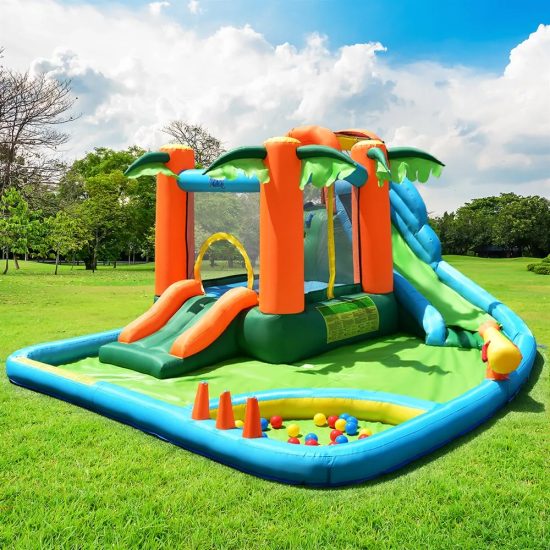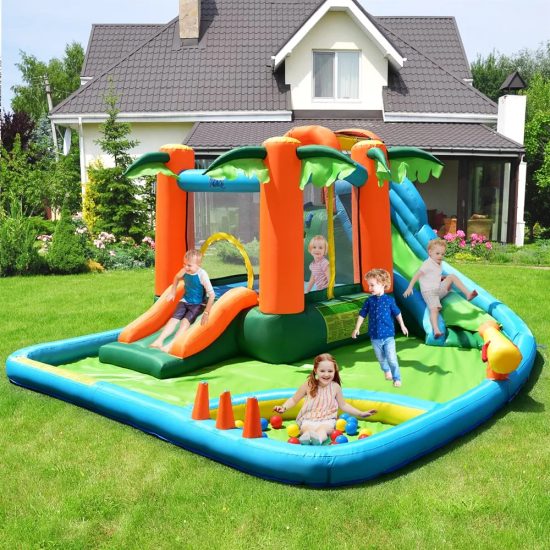Bounce houses, beloved by children for their fun and bouncy escapades, provide an exhilarating play experience. However, ensuring a safe environment is paramount when setting up and using these inflatable structures. Here are essential guidelines and standards for safe bounce house usage:
- Proper Setup and Anchoring: Begin by choosing a suitable location free from hazards like rocks, sharp objects, or overhead obstacles. Securely anchor the bounce house using stakes or weights according to the manufacturer’s instructions to prevent tipping or movement.
- Supervision is Key: Always have responsible adult supervision. Designate individuals to monitor the children inside the bounce house, ensuring proper behavior and adherence to safety guidelines.
- Age and Size Consideration: Limit the number of children inside the bounce house according to the manufacturer’s recommendations. Ensure children of similar sizes play together to prevent collisions and accidents.
- Entry and Exit Protocol: Teach children the proper way to enter and exit the bounce house. Encourage them to remove shoes, glasses, and jewelry before entering to prevent injury or damage to the structure.
- Weather Awareness: Avoid using bounce houses in adverse weather conditions like strong winds, rain, or storms. Follow guidelines that dictate safe wind speeds for inflatable structures to avoid accidents.
- Regular Inspections and Maintenance: Conduct thorough inspections before each use, checking for any tears, punctures, or damages. Ensure all seams, zippers, and anchoring points are intact. Follow maintenance schedules outlined by the manufacturer.
- Safety Certifications and Standards: Purchase or rent bounce houses from reputable sources that comply with safety standards such as ASTM (American Society for Testing and Materials) or CPSC (Consumer Product Safety Commission) guidelines.
- Safe Play Guidelines: Encourage safe play within the bounce house. Discourage roughhousing, flips, climbing on walls, or overcrowding, which can lead to accidents or structural damage.
- Emergency Procedures: Educate supervisors and children on emergency procedures like quick deflation, evacuation in case of sudden weather changes, or any unforeseen emergencies.
- Proper Deflation and Storage: When done using the bounce house, ensure proper deflation and folding according to the manufacturer’s instructions. Store it in a dry, clean area away from direct sunlight and moisture.
In conclusion, while bounce houses offer immense joy and entertainment, prioritizing safety measures is crucial to prevent accidents and injuries. By adhering to these guidelines and standards, we can ensure a safe and enjoyable experience for children bouncing within these inflatable wonders.


